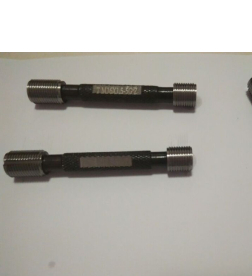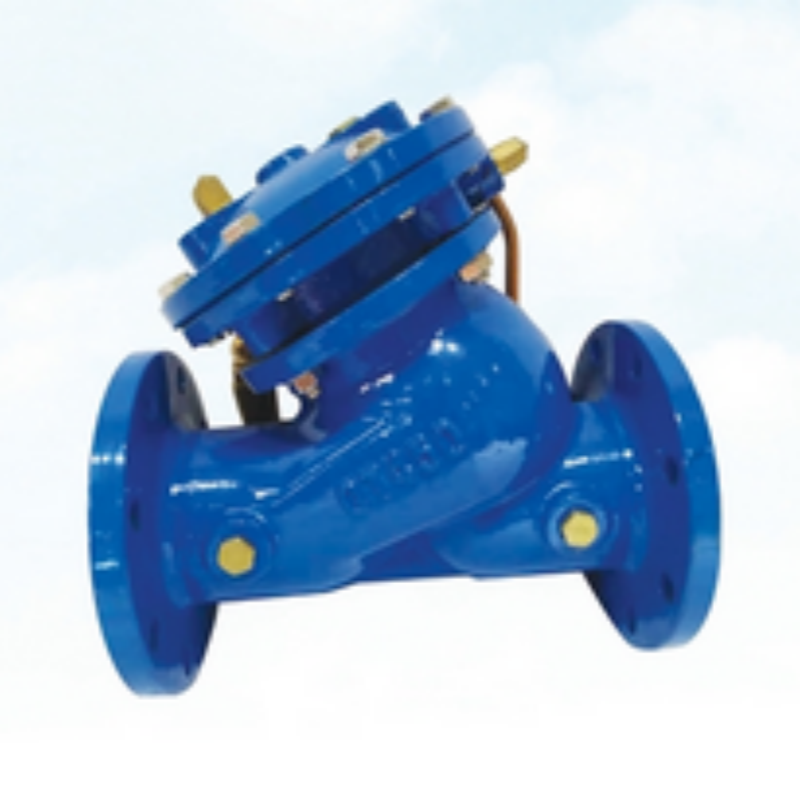јан . 09, 2025 11:20 Back to list
Understanding Different Types of Water Valves for Home Use
Water valves play a crucial role in controlling the flow and direction of water in various applications, ranging from residential plumbing systems to large-scale industrial setups. Understanding the different types of water valves is essential for selecting the right one for a specific application. Here’s an insightful guide to some of the most common types of water valves, their uses, and how they align with industry standards.
Check valves, or one-way valves, are designed to prevent backflow and ensure that water flows in a single direction. These valves are automatic, operating based solely on the hydraulic pressure of the flow. Check valves are vital in applications like wastewater treatment facilities where reversing flow may cause system disruptions or contamination. Butterfly valves are widely used in systems requiring large pipe diameters. They are a type of quarter-turn valve and are considered space-efficient, offering excellent control capabilities within a compact design. Butterfly valves are suitable for applications that require fast operation and low-pressure drops, such as HVAC systems. Diaphragm valves are valued for their ability to prevent contamination within a piping system. Featuring a flexible diaphragm that presses against a seat to create a seal, these valves are especially beneficial for applications in food, beverage, and pharmaceutical industries where cleanliness and avoidance of cross-contamination are paramount. Each type of water valve has distinct characteristics suited to specific applications, influencing factors such as flow control, pressure handling, and reliability in operation. By thoroughly understanding these variances and considering the specific needs of their systems, professionals can make informed decisions that lead to enhanced performance, longevity, and safety. Investing time in selecting the right valve not only optimizes the system’s efficiency but also builds a foundation of trust with stakeholders and clients relying on expert advice for critical infrastructure decisions. This knowledge, coupled with adherence to industry standards, ensures that each application meets both regulatory obligations and functional demands.


Check valves, or one-way valves, are designed to prevent backflow and ensure that water flows in a single direction. These valves are automatic, operating based solely on the hydraulic pressure of the flow. Check valves are vital in applications like wastewater treatment facilities where reversing flow may cause system disruptions or contamination. Butterfly valves are widely used in systems requiring large pipe diameters. They are a type of quarter-turn valve and are considered space-efficient, offering excellent control capabilities within a compact design. Butterfly valves are suitable for applications that require fast operation and low-pressure drops, such as HVAC systems. Diaphragm valves are valued for their ability to prevent contamination within a piping system. Featuring a flexible diaphragm that presses against a seat to create a seal, these valves are especially beneficial for applications in food, beverage, and pharmaceutical industries where cleanliness and avoidance of cross-contamination are paramount. Each type of water valve has distinct characteristics suited to specific applications, influencing factors such as flow control, pressure handling, and reliability in operation. By thoroughly understanding these variances and considering the specific needs of their systems, professionals can make informed decisions that lead to enhanced performance, longevity, and safety. Investing time in selecting the right valve not only optimizes the system’s efficiency but also builds a foundation of trust with stakeholders and clients relying on expert advice for critical infrastructure decisions. This knowledge, coupled with adherence to industry standards, ensures that each application meets both regulatory obligations and functional demands.
Next:
Latest news
-
Why Metric Trapezoidal Thread is Ideal for Precision Motion ControlNewsAug.05,2025
-
The Unique Properties of a Block of Granite for Industrial UseNewsAug.05,2025
-
The Role of Flanged Y Strainers in Preventing Pipeline ClogsNewsAug.05,2025
-
The Importance of Regular Calibration for Master Ring GagesNewsAug.05,2025
-
How a Cast Iron Surface Table Enhances Accuracy in ManufacturingNewsAug.05,2025
-
Comparing Different Check Valve Types for Optimal Flow ControlNewsAug.05,2025
Related PRODUCTS









